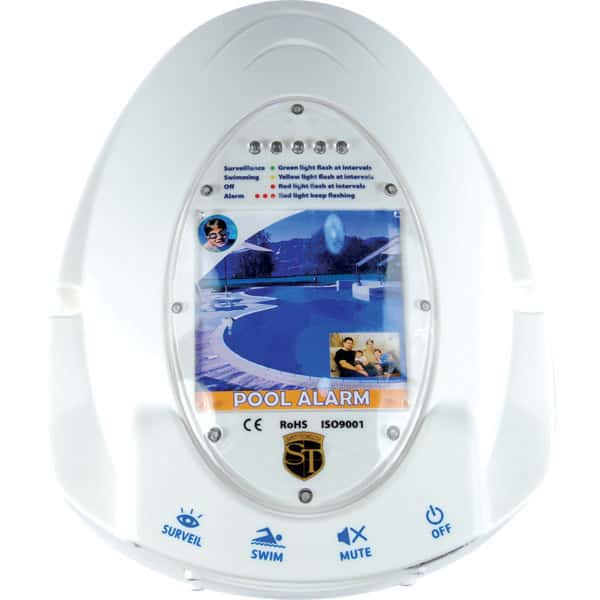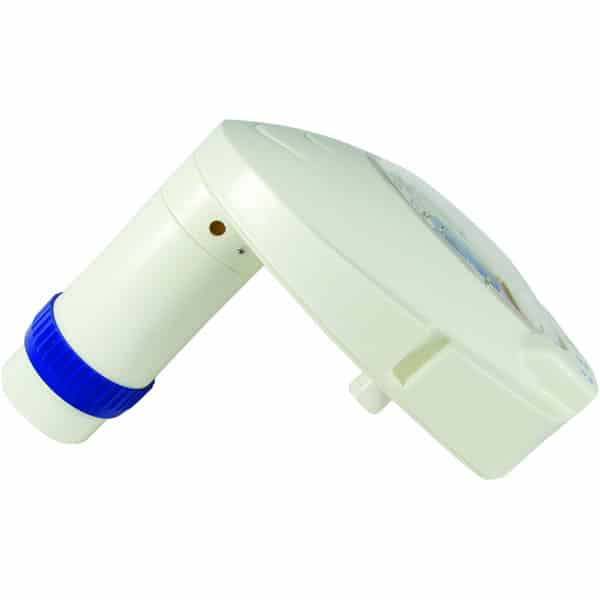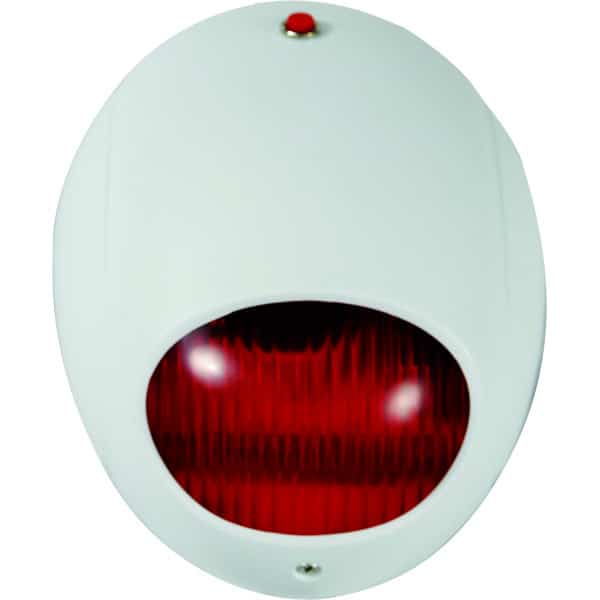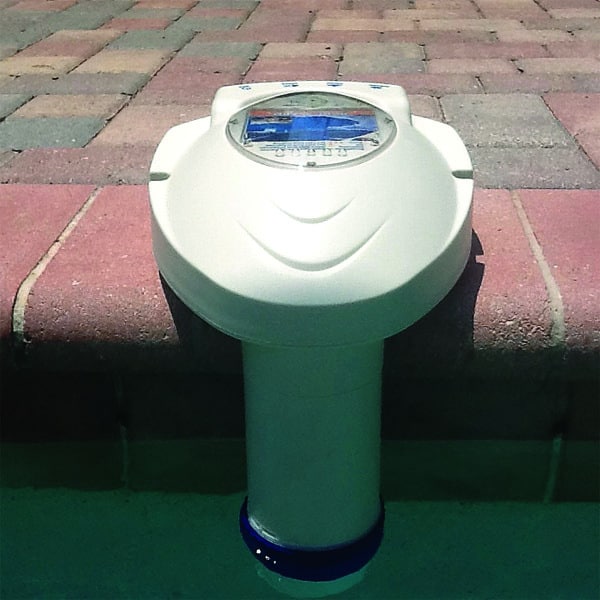Pool Alarm
GENERAL DROWNING FACTS
No one is drown-proof, and drowning doesn’t discriminate. Most people don’t know how quickly or silently drowning can occur in less than 20 seconds! Educate yourself on this preventable tragedy so next time someone tells you about another tragic story, tell them, “no worries.”
We can’t fully understand the magnitude of drowning incidents across North America because there is no centralized database. The US Centers for Disease Control gathers data on a best-efforts basis, and non-profit organizations like International Lifesaving Federation (ILF) extrapolate their findings based on incomplete statistics. There is no standard to attribute deaths by drowning; hospitals, first responders, and county health authorities such as coroners use individual judgment in interpreting an accident according to the specific case at hand.
WORLDWIDE DROWNING STATISTICS
Drowning is the 3rd leading cause of unintentional injury death worldwide, accounting for 7 percent of all injury-related deaths.
It claims 320,000 lives each year – and more than twice as many men are drowning victims!
Boys between 1–4 years old have the highest rates globally; girls aged 5 to 9 follow next in line.
US DROWNING STATISTICS
Even more frightening? These statistics don’t even account for those who survive their ordeal but suffer permanent brain damage or other long-term consequences.
Drownings happen not just by accident; many can be prevented if precautions have been taken, such as ensuring responsible people are present during family gatherings near pools or having a sound pool alarm.
The number of people hospitalized for nonfatal injuries from drowning is roughly five times higher than those killed.
Young children make up most fatalities, with 87% occurring in home pools or hot tubs and mainly among friends’ or relatives’ property.
DROWNING RISKS VARY BY RACE AND HOUSEHOLD INCOME
Sixty-four percent of African American, 45% of Hispanic/Latino, and 40% of Caucasian children have few to no swimming skills.
When parents have no/low swimming skills (or competence) ability, their children are unlikely to be proficient swimmers. This is true of:
- 78 percent of African-American kids
- 62% of Hispanic /Latino young people
- 67 % Caucasian youngsters.
African-American children ages 5 to 19 drown in swimming pools at rates five times higher than Caucasian children of the same age range.
A recent study found that 79% of households with incomes less than $50,000 have few or no swimming abilities.
DROWNING PREVENTION
Parents with pools and young children need to take extra precautions. Adults can play an essential role in keeping their children safe by practicing prevention strategies like never leaving them unattended and always being near enough. Hence, you can quickly jump into action if needed!
However, not everyone can keep an eye on their children all the time. Many children drown during cold or rainy days when the pool is unused.
A child can slip into the pool and lose consciousness in two minutes or less if not supervised.
Children are not the only ones at risk. A visiting friend that can’t swim could slip and fall into the water, an elderly parent or grandparent could lose their balance and fall in, too, and even a good swimmer who falls may need some help getting out of danger quickly.
With the risk of uninvited visitors, swimming pools are a great temptation to neighborhood children. Although most homeowners have fences surrounding their pool, and some may even employ guards or dogs for protection, it doesn’t stop determined kids from finding a way in! A potential solution is an intelligent pool alarm that will alert owners when anyone goes into their pool.
A SOLUTION – THE SAFETY TECHNOLOGY POOL ALARM
The Safety Technology POOL ALARM SYSTEM is an electronic monitoring system that automatically sounds the alarm when children or pets fall into your pool. It’s portable, self-contained, and lightweight, so that you can take it with you on vacation!
This device also has a remote receiver, which can be put anywhere you want (up to 300 feet). The Pool Alarm installation is straightforward. All someone needs to do for their unit to work correctly after being plugged in is set up its location where they want it – preferably somewhere near them but not within reach by people entering the pool.
The Pool Alarm will automatically arm itself once the user is done swimming, but it also operates with a control button for manual arming. The alarm also comes with flashing lights on the pool and your house’s remote alarms. It takes six D batteries, lasting an average of one year without needing replacement! But don’t worry: a low battery indicator notifies you both at the poolside and on the remote receiver.






